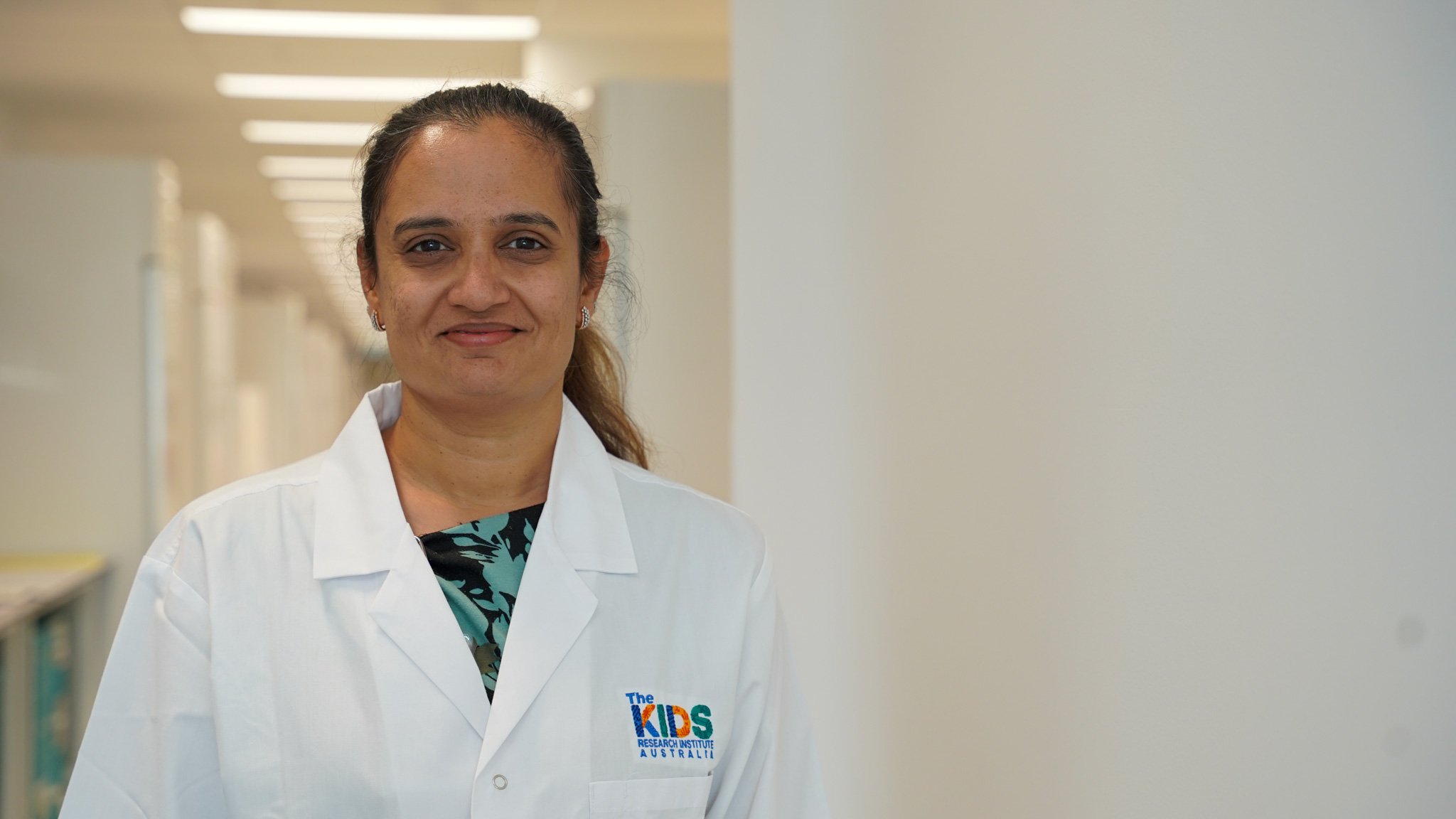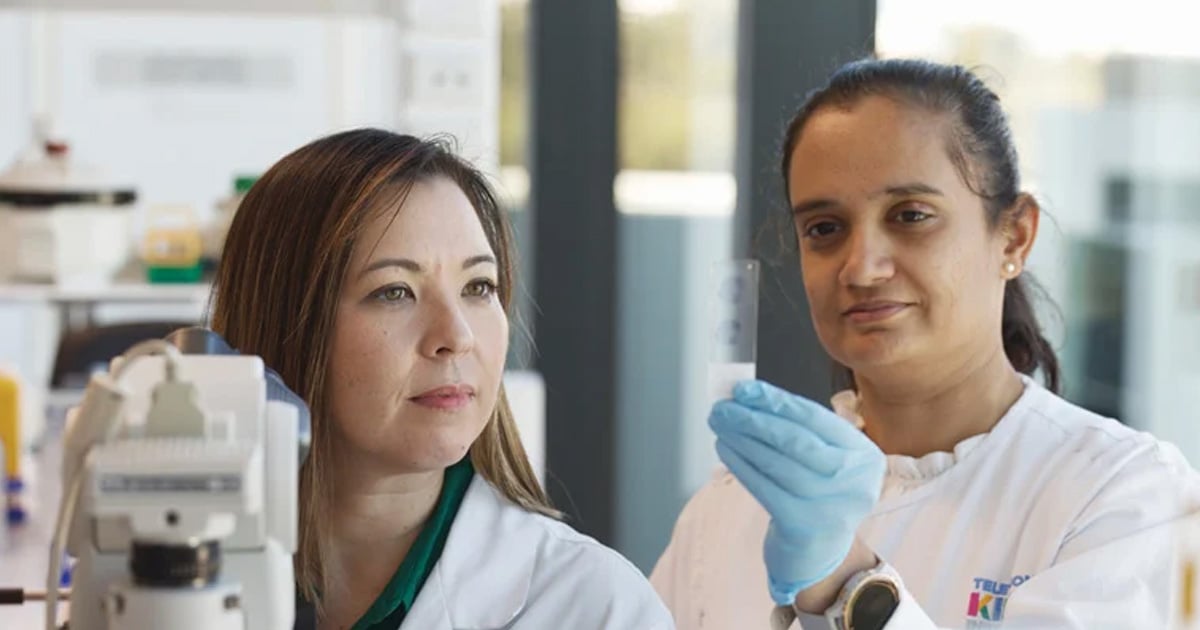
Each year in Australia, around 120 children are diagnosed with brain cancer, the leading cause of cancer-related death in young people.
Despite decades of research, survival rates for some types of brain cancer remain low, and the long-term effects of treatment can be life-altering. At the WA Kids Cancer Centre, based at The Kids Research Institute Australia, researchers and clinicians are working together to change that. Their focus is to develop more effective, less toxic therapies so that all children diagnosed with brain cancer not only survive but thrive.
Brain Cancer Awareness Month is a time to highlight this urgent need, and the people working every day to improve outcomes for kids and families affected by brain cancer.
One of those people is Dr Hetal Dholaria, a paediatric oncologist at Perth Children’s Hospital and clinician-researcher in The Kids' Brain Tumour Research team. She’s focused on improving care and treatment for children with some of the rarest and most aggressive brain tumours, both in the lab and in the clinic.
We asked Dr Dholaria about what drives her, how research and care intersect in her work, and why improving treatment for rare brain cancers is so urgent.
Can you tell us about your current research and what you’re trying to achieve for children with brain tumours?
I am a paediatric oncologist and clinician-researcher at Perth Children’s Hospital and The Kids Research Institute Australia's Brain Tumour Research team. I lead cutting-edge translational research aimed at improving outcomes for children with rare and aggressive brain tumours, including pineoblastoma, medulloblastoma, and other rare embryonal brain cancers.
My work bridges clinical care and preclinical science, using patient-derived mouse models to test new treatment combinations, such as DNA damage response inhibitors (DDRis) and immune-modulating agents, with the goal of enhancing survival while reducing treatment toxicity. These rare tumours, often overlooked in large-scale research, have seen little therapeutic progress for decades but significantly impact the lives of the children and their families.
Through national and international collaborations, my research feeds directly into international clinical trial groups, where I contribute to the design of future studies based on the most promising lab findings - ensuring that children in Western Australia and beyond have access to more tailored and hopeful treatment options.
What do you do in the clinic, and who do you help?
In my clinical role at Perth Children’s Hospital, I care for children and adolescents facing some of the rarest and most challenging cancer diagnoses. I work closely with families navigating complex treatment decisions, often in the absence of clear guidelines due to the rarity of these tumours.
In my role as clinical lead for Adolescent and Young Adult (AYA) cancer services, I see similar gaps in care for young people who often fall between paediatric and adult systems. These shared challenges - uncertain pathways, limited evidence, and few tailored treatments - drive my mission to bring research closer to the bedside.
Long term impact of past treatment on patients in clinic deepens my resolve to develop safer, more effective treatments tailored to these high-risk patients. This direct connection between the bedside and the lab is what shapes my translational research focus: ensuring that no child is left behind simply because their cancer is too rare to have attracted widespread attention.
To push this work further, I collaborate closely with the international research community, ensuring that our efforts contribute to global advances and help bring new treatments to children and adolescents worldwide.

What drives your passion for what you do?
What drives me is the persistent gap I see between what we can offer in the clinic and what our patients with rare cancers truly need.
Many of the children and young people I care for face uncertain outcomesI feel a strong responsibility, not only to deliver the best care possible today, but also to help shape better options for tomorrow.
My clinical work constantly informs my research questions, and my research is always anchored in real-world challenges I encounter with patients and families. It’s this direct connection between the clinic and the lab that keeps me focused and committed.
